Embrace Simplicity: Minimalism and Decluttering Tips
Minimalism and decluttering are powerful practices that can lead to a more organized, stress-free, and fulfilling life. By simplifying your living space and removing excess belongings, you can create a serene environment that fosters productivity and peace of mind. This article explores various strategies for embracing minimalism and decluttering, highlighting their benefits and providing practical tips for incorporating these practices into your daily routine. From organizing your home to adopting a minimalist mindset, discover how you can achieve a simpler, more intentional way of living.
1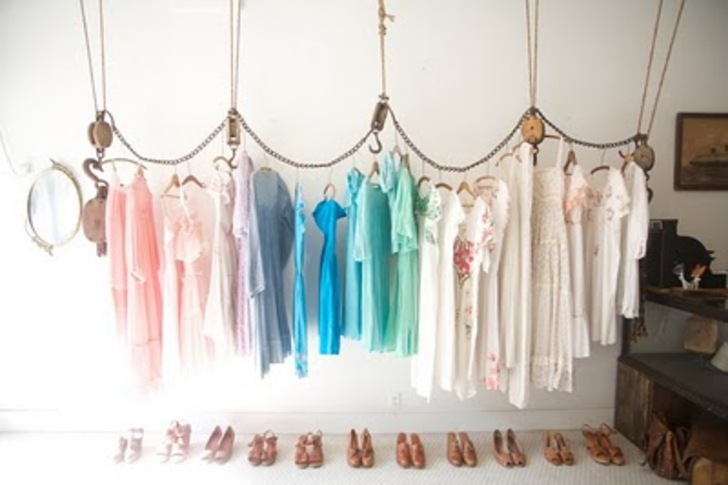

0 votes
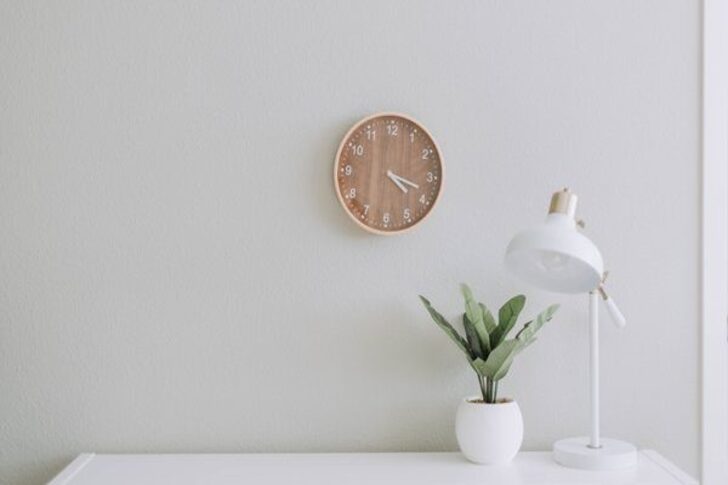
A capsule wardrobe is a minimalist approach to clothing that focuses on quality over quantity. The concept involves curating a small collection of versatile and timeless pieces that can be mixed and matched to create a variety of outfits. Typically, a capsule wardrobe consists of 30-40 items, including tops, bottoms, dresses, outerwear, and shoes, but excludes workout clothes, underwear, and accessories. This approach simplifies daily dressing decisions, reduces closet clutter, and promotes thoughtful purchasing. By investing in high-quality, versatile pieces, individuals can maintain a stylish and functional wardrobe while minimizing excess and waste. The capsule wardrobe encourages intentionality and mindfulness in fashion choices.
0
Do you agree? 0% of people agree with your point of view!
2Decluttering Sentimental Items
0 votes
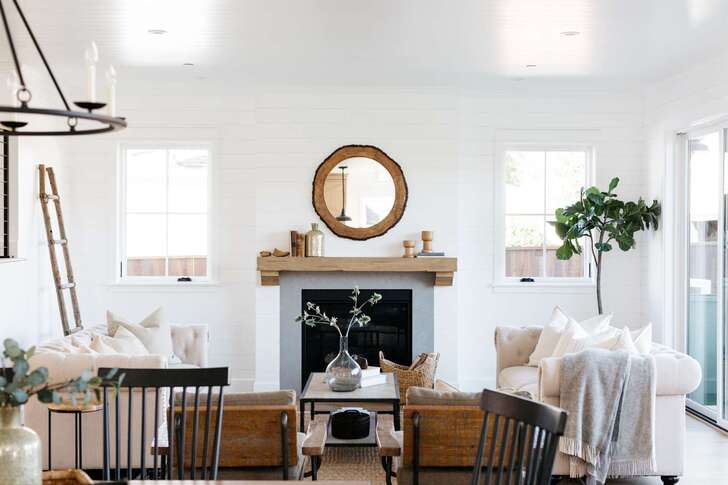
Decluttering sentimental items can be one of the most challenging aspects of minimalism. These items often hold emotional value and memories, making it difficult to let go. However, it is possible to keep your space organized while preserving important memories. Start by sorting sentimental items into categories and deciding which items truly hold significant value. Consider keeping a small selection of meaningful items and finding creative ways to display or store them, such as in a memory box or scrapbook. Digitalizing photos and documents can also help preserve memories without taking up physical space. By thoughtfully curating your sentimental items, you can maintain a clutter-free environment while honoring your cherished memories.
0
Do you agree? 0% of people agree with your point of view!
3Minimalist Home Decor
0 votes
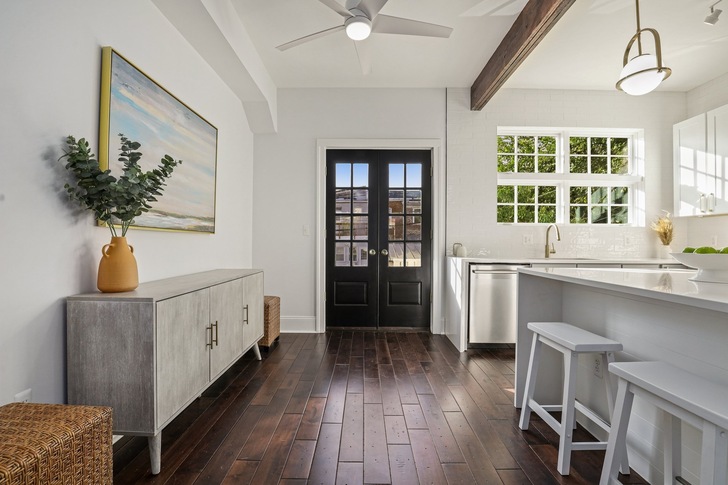
Minimalist home decor emphasizes simplicity, functionality, and the use of essential items to create a calm and inviting space. This style involves choosing furniture and decor that are both aesthetically pleasing and practical. Neutral color palettes, clean lines, and open spaces characterize minimalist interiors, creating an uncluttered and harmonious environment. Decluttering and organizing are key aspects of minimalist decor, ensuring that each item has a purpose and place. The minimalist approach to home decor promotes a serene and focused living space, free from distractions and excess. By adopting minimalist principles in your home, you can create a more peaceful and enjoyable living environment.
0
Do you agree? 0% of people agree with your point of view!
4Digital Decluttering
0 votes
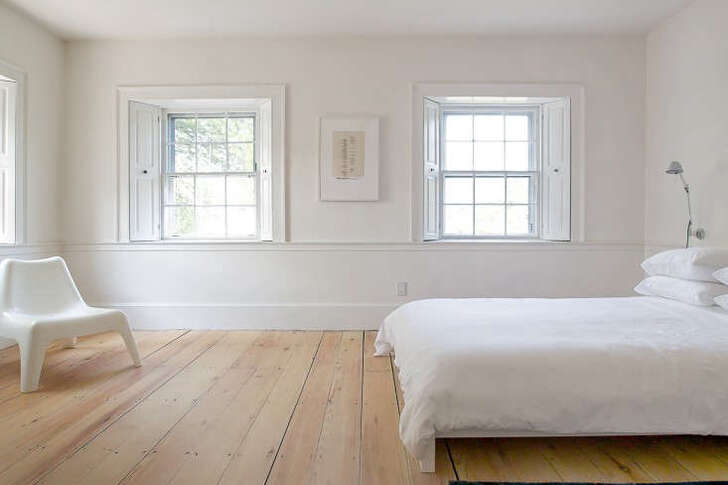
Digital decluttering involves organizing and simplifying your digital life to reduce stress and increase productivity. This process includes managing emails, organizing files, and decluttering digital devices. Start by unsubscribing from unnecessary newsletters and deleting old emails to achieve a clutter-free inbox. Organize files into clearly labeled folders and regularly back up important data to cloud storage or an external hard drive. Declutter your devices by removing unused apps and organizing the ones you use regularly. Digital decluttering can also extend to social media, where unfollowing accounts that don’t add value can create a more positive online experience. By decluttering your digital space, you can enhance focus and efficiency in your daily tasks.
0
Do you agree? 0% of people agree with your point of view!
5The KonMari Method
0 votes
The KonMari Method, developed by Marie Kondo, is a popular approach to decluttering and organizing. This method encourages individuals to keep only items that “spark joy” and to discard those that do not. The process involves decluttering by category rather than by room, starting with clothes, then moving to books, papers, miscellaneous items, and finally sentimental items. Each item is held and assessed for the joy it brings before deciding whether to keep or discard it. The KonMari Method promotes mindful consumption and a deeper appreciation for the items that remain. By following this method, individuals can create a more organized and joyful living space.
0
6Mindful Consumption
0 votes
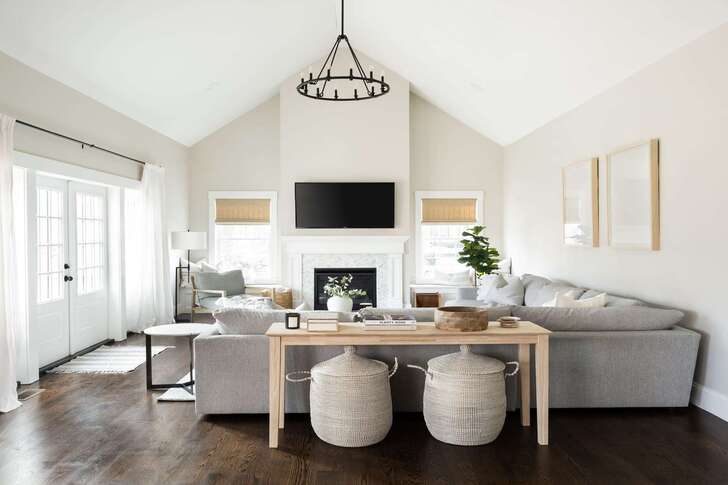
Mindful consumption is a key aspect of minimalism that involves being intentional about the items you bring into your life. This practice encourages thoughtful purchasing decisions, considering the necessity, quality, and longevity of each item. Before making a purchase, ask yourself if the item will add value to your life and if it aligns with your minimalist goals. Mindful consumption also involves reducing waste by choosing reusable and sustainable products, supporting ethical brands, and avoiding impulse buying. By adopting mindful consumption habits, you can reduce clutter, save money, and contribute to a more sustainable lifestyle. This approach fosters a deeper appreciation for the items you own and promotes a simpler, more intentional way of living.
0
Do you agree? 0% of people agree with your point of view!







Recent Comments